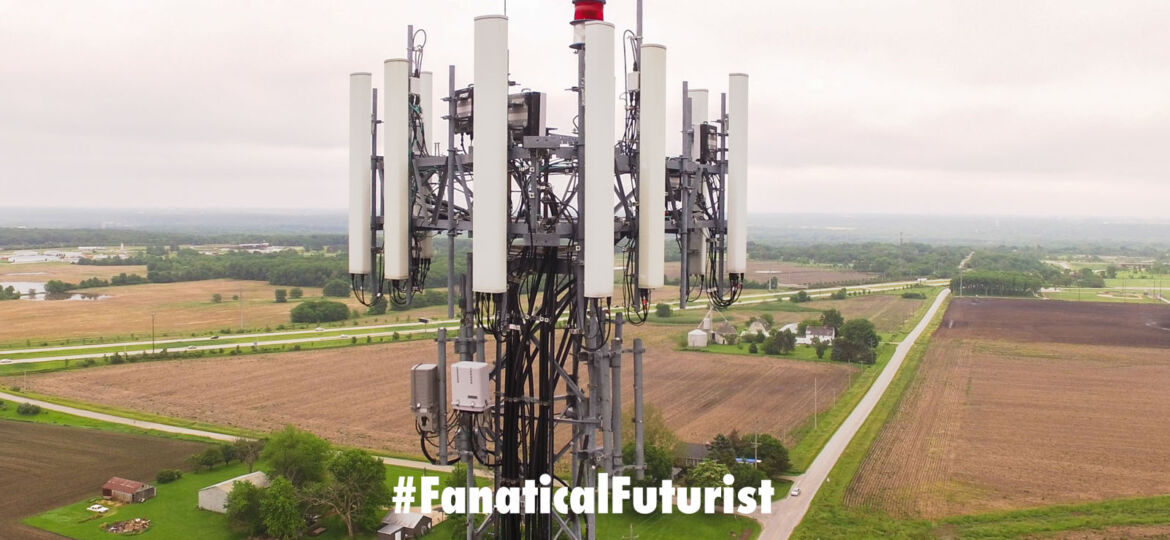
WHY THIS MATTERS IN BRIEF
As the radio spectrums get more crowded we need a new way to keep our communications systems working, and AI is coming to the rescue.
 Interested in the Exponential Future? Join our XPotential Community, future proof yourself with courses from our XPotential Academy, connect, watch a keynote, or browse my blog.
Interested in the Exponential Future? Join our XPotential Community, future proof yourself with courses from our XPotential Academy, connect, watch a keynote, or browse my blog.
For decades, amateur two-way radio operators have communicated across entire continents by choosing the right radio frequency at the right time of day, a luxury made possible by having relatively few users and devices sharing the airwaves. But as cellular radios multiply in both phones and Internet of Things devices, finding interference-free frequencies is becoming more difficult, so, as I’ve been discussing for a while now, researchers are planning to use Artificial Intelligence (AI) and Deep Learning to create cognitive radios that instantly and automatically adjust their radio frequencies to achieve optimal performance.
As explained by researchers with Northeastern University the increasing varieties and densities of cellular IoT devices are creating new challenges for wireless network optimisation – a given swathe of radio frequencies may be shared by a hundred small radios designed to operate in the same general area, each with individual signalling characteristics and variations in adjusting to changed conditions. The sheer number of devices reduces the efficacy of fixed mathematical models when predicting what spectrum fragments may be free at a given split second, and that, at the end of the day, is why the performance of these devices and the speed at which they can connect, sucks.
That’s where deep learning comes in. The researchers hope to use machine learning techniques embedded within the wireless devices’ hardware to improve frequency utilization, such that the devices can develop AI-optimized spectrum usage strategies by themselves. Early studies suggest that deep learning models average 20 percent higher classification accuracy than traditional systems when dealing with noisy radio channels, and will be able to scale to hundreds of simultaneous devices, rather than dozens. Moreover, the deep learning architecture developed for this purpose will be usable for multiple other tasks, as well.
One key challenge in implementing deep learning for this application is the massive amount of data that will need to be processed rapidly to do continuous analysis. Deep learning can rely on tens of millions of parameters, and here might require measurements of over a hundred megabytes per second of data on a millisecond level. This is beyond the capability of “even the most powerful embedded devices currently available,” the researchers note, and low latency demands that the results not be processed in the cloud.
So, over time, the goal will be to help shrink deep learning models to the point where they can run on small distributed devices, and at the edges of the network, and use complex testing facilities, so called “wireless data factories,” to improve the software as the hardware improves, including raising its resilience against adversarial attacks. The researchers expect to use the learning in both 5G and future 6G, which are expected to become even more ubiquitous than 4G devices over the next two decades, despite their ultra high-frequency signals’ susceptibility to physical interference. And if, or when they work, you can be assured that your network performance will be blazing fast – and it’ll be all thanks to AI.
















